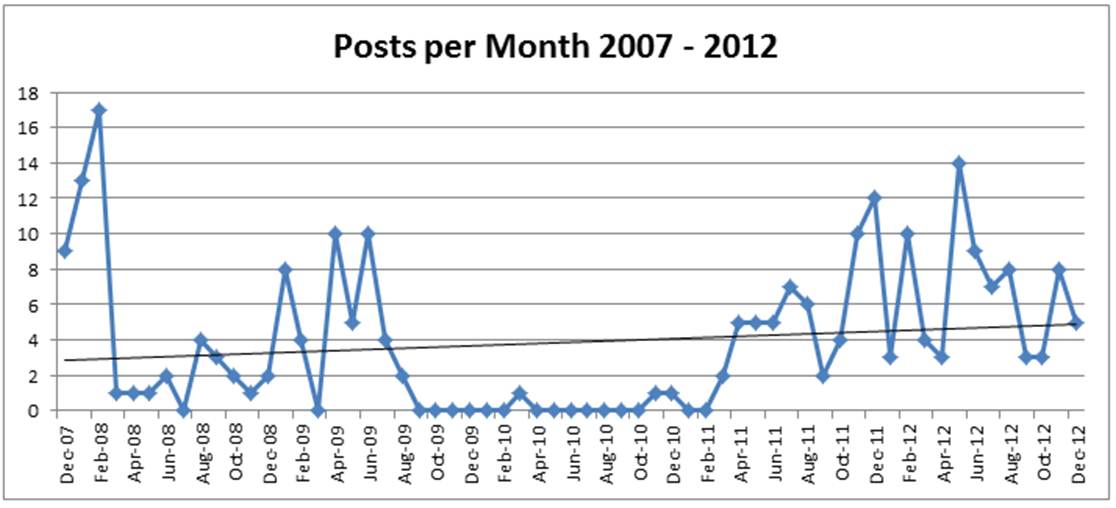The two most significant taxes that Americans pay each year are a tax on their income and a tax on their investment.
The income tax is a tax on people's labor. Firefighters get paid for fighting fires. Teachers get paid for teaching our kids. And CEOs get paid for driving their company's strategy. Depending on how much they get paid, they pay a portion of that pay to the government. The tax brackets break down like this for a family:
- 10% on taxable income from $0 to $12,400, plus
- 15% on taxable income over $12,400 to $47,350, plus
- 25% on taxable income over $47,350 to $122,300, plus
- 28% on taxable income over $122,300 to $198,050, plus
- 33% on taxable income over $198,050 to $388,350, plus
- 35% on taxable income over $388,350
So a father that is raising his kids and working as a firefighter putting out fires and adding direct value to society through his work making $150,000 is paying 28% of the value of his labor to the government.
The investment tax -- capital gains and dividend taxes -- taxes something different. That taxes a bet.
When someone invests in Facebook and the value of the stock increases, or the company pays out some of their profit in the form of a dividend at the end of the year, the profit that the investor made is taxed. This is passive income -- the investor is just sitting there watching the money come in. He's not necessarily adding incremental value to society on top of his investment (in most cases).
There's nothing wrong with this -- investment is critical to a prosperous economy -- and the investor should make as much as he possibly can on his investments. But because he's adding less direct value to society, if we're going to tax him, we should tax him at a higher rate than we tax direct, value-creating labor. Simple, right? Right.
But we don't do that. Here are the current rates:
- 20% on capital gains
- 15% on dividends
So the investor that makes $150,000 per year in capital gains pays 8% less than the firefighter does for his labor.
And this is why our tax code is backwards. This is why Warren Buffet's assistant pays a lower tax rate than he does. This is why, in 2009, the Americans with the top 400 incomes (who made, on average, $202 million per year) paid a lower tax rate than you did. One quarter of them paid less than 15%, and more than half of them paid less than 20%.
We have to fix this. I'm not going argue what the tax rates should be (at least not today). But I am arguing that we have to flip the structure so that tax rates on labor are lower than the tax rates on investment. It's just backwards.
In his controversial New York Times article, Buffet suggested the following solution:
I would suggest 30 percent of taxable income between $1 million and $10 million, and 35 percent on amounts above that. A plain and simple rule like that will block the efforts of lobbyists, lawyers and contribution-hungry legislators to keep the ultrarich paying rates well below those incurred by people with income just a tiny fraction of ours. Only a minimum tax on very high incomes will prevent the stated tax rate from being eviscerated by these warriors for the wealthy.
Of course this won't fix the entire fiscal mess and I think we need to go a step further and flip the tax structure so investors pay a higher rate than workers regardless of their income. But Buffet's plan is a step in the right direction of creating a fairer tax code that incentivizes the activity that leads to greater prosperity for the country as a whole.

